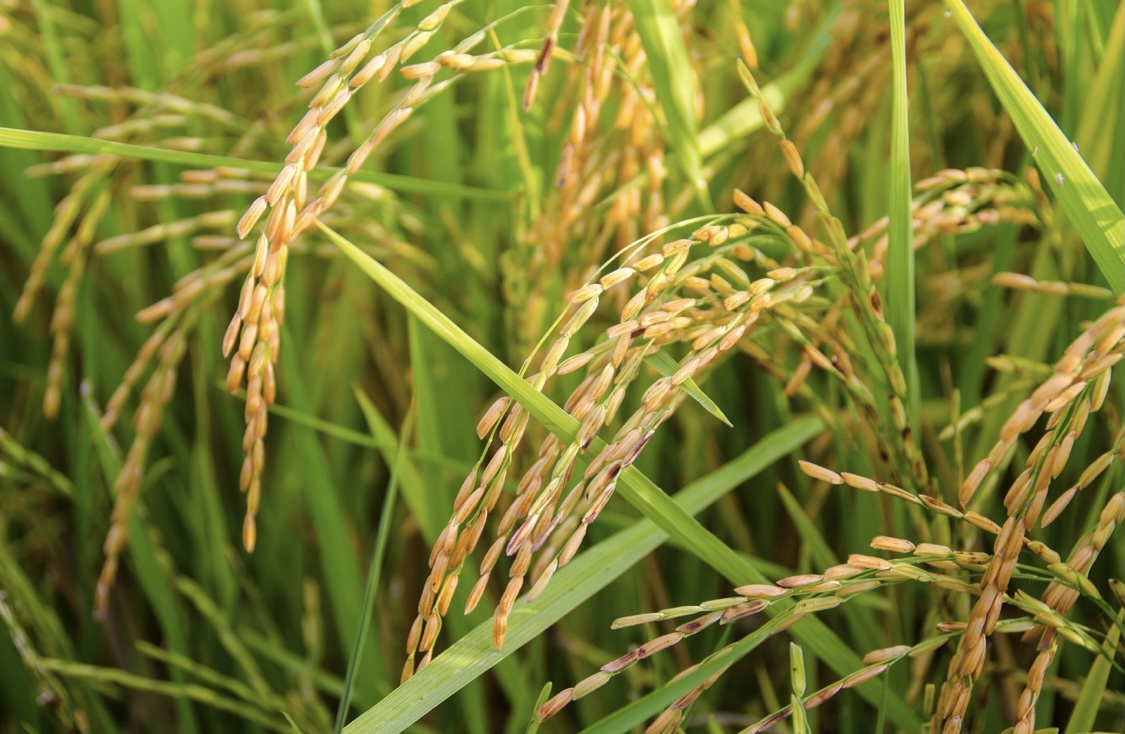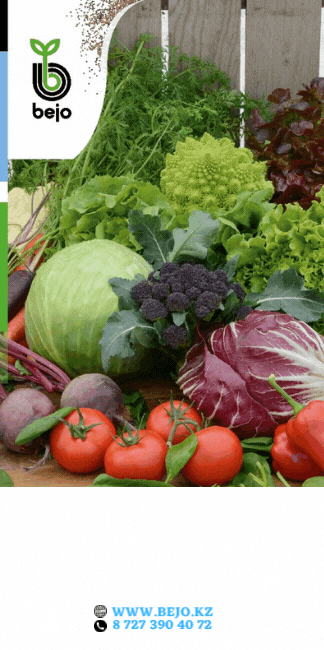
The results of last year's agricultural season showed that the plans of sowing rice in Kyzylorda, Almaty and Turkestan provinces of the country were exceeded. And right after successful harvest the question of reducing the area under this water-intensive crop in connection with a shortage of water resources has already been raised at the government level. And the other day the akimat of Kyzylorda region shared information that the entrepreneurs of European countries are showing a great interest in the main brand of the region - rice. Is it necessary to reduce areas of sowing, when the attention of foreigners to Kazakhstani rice grows every year, asks the World of NAN.
To recall, at the last meeting chaired by the Prime Minister, representatives of the Ministry of Agriculture and the Ministry of Ecology agreed that instead of rice there should be an increase in the sowing of other, less water intensive crops. Both sides cited the lack of water for irrigation of crops as an argument.
The akim of Kyzylorda region G. Abdykalikova at that time responded to the ministers' statements by saying that the reduction of rice crops would lead to secondary salinization of land. She also stressed that in special soil and climatic conditions of the Aral Sea region rice has a great ecological and economic importance.
"If rice crops are drastically reduced, it will lead to secondary salinization of engineered lands. This is scientifically proven, so we will gradually stabilize the area of rice crops on 80 thousand hectares. In 2021 we forecast reduction of rice sowing area to 84,4 thousand hectares or by 5 thousand hectares, "- stated the akim of the region.
Minister of Ecology Magzum Mirzagaliyev noted that agriculture accounts for 65% of water consumption in Kazakhstan. About half of the country's surface water (44.9 km³) comes from the neighboring countries - China, Russia, Uzbekistan and Kyrgyzstan. The total volume of water intake for the needs of the population and sectors of the economy is about 25 km³. Of these, agriculture accounts for 15 km³, industry - 6 km³ and public utilities - 1 km³. Losses during transportation are 3 km³. In addition, about 50 km³ is needed to maintain ecological systems. "For the last three years Kazakhstan has been in a cycle of low water. The total river flow in 2019 was 83 km³. This is 20% less than the average annual figure. Taking into account the predicted low-water cycle, it is suggested to gradually move to less water-intensive crops and actively implement water-saving technologies," the Minister stated.
He reported that Kyzylorda Region has 251,000 hectares of irrigated land. This is 16% of the total irrigated area of the country. Thus, according to the Minister of Environment, the province used 43% or 4 km³ of tap water in the whole country. In this connection, a very difficult water situation was observed in the province, M. Mirzagaliyev assured. He also informed the meeting participants that according to the specialists' calculations, if the current water consumption tendency is maintained, the projected water deficit by 2030 will be 11.7 km³. And the reduction of planting in Kyzylorda, Almaty and Turkestan provinces would save 1 km³ of water.
Minister of Agriculture S. Omarov was in agreement with his colleague and confirmed that southern regions of Kazakhstan, regardless of plans, don't hurry to reduce areas under rice crops.
Listening to points of view of specialists the Prime-Minister of the country also agreed with necessity of reduction of areas under rice.
"The provision of the agro-industrial sector with a quality and guaranteed amount of water directly affects the food security of the country. The substantial amount of water expended during the last season could have been used for growing more economically profitable crops - vegetables, fruit, rapeseed, soybeans. To do this, the akimats should strictly adhere to the approved sowing plans", - said A. Mamin.
Then the Head of the Government instructed the Ministries of Agriculture, Environment, and Trade to work with the Akims to replace the sowing of water-intensive crops, taking into account domestic needs and the task to diversify the structure of cultivated areas.
It is necessary to say, that recommendations on reduction of rice areas caused ambiguous reaction from specialists and deputies.
Public figure Murat Abenov was indignant with decision of ministries and suggested that rice seeding reduction will force to cover own needs of the country at the expense of import. Rice for the country's residents should be purchased from domestic producers, not allowing imported products to displace domestic ones, Abenov said. In turn, he proposed to solve the problem comprehensively. First, to increase the amount of subsidies for domestic producers, then to raise import duties. And also to pay attention to selection as well.
But let's return to foreign entrepreneurs. According to Shakhmardan Koishybayev, head of the Department of Agriculture of Kyzylorda Region, as of today, about 120 companies have expressed their desire to conclude contracts. Representatives of the region and the French side are holding negotiations on cooperation. According to the department, French entrepreneurs are interested in working with the region's rice production enterprises. In the future, Kyzylorda even intends to export rice to France.
It's worth mentioning that the food industry of Kyzylorda Region is mainly connected with rice processing. For today this crop is processed with application of new technologies. In the region there are 76 rice processing factories, including 47 big and 29 small ones. From total number of factories 20 of them correspond to international standards. For today the annual capacity of all rice growing enterprises of the region makes 523,4 thousand tons. The region exported 92.9 thousand tons of rice products last year alone. However, the sowing of rice this year has been still reduced. If in 2020 there were 88.2 thousand hectares sown, this year this volume will be 84.4 hectares.
Смотрите больше интересных агроновостей Казахстана на нашем канале telegram,
узнавайте о важных событиях в facebook и подписывайтесь на youtube канал и instagram.









































Обсуждение